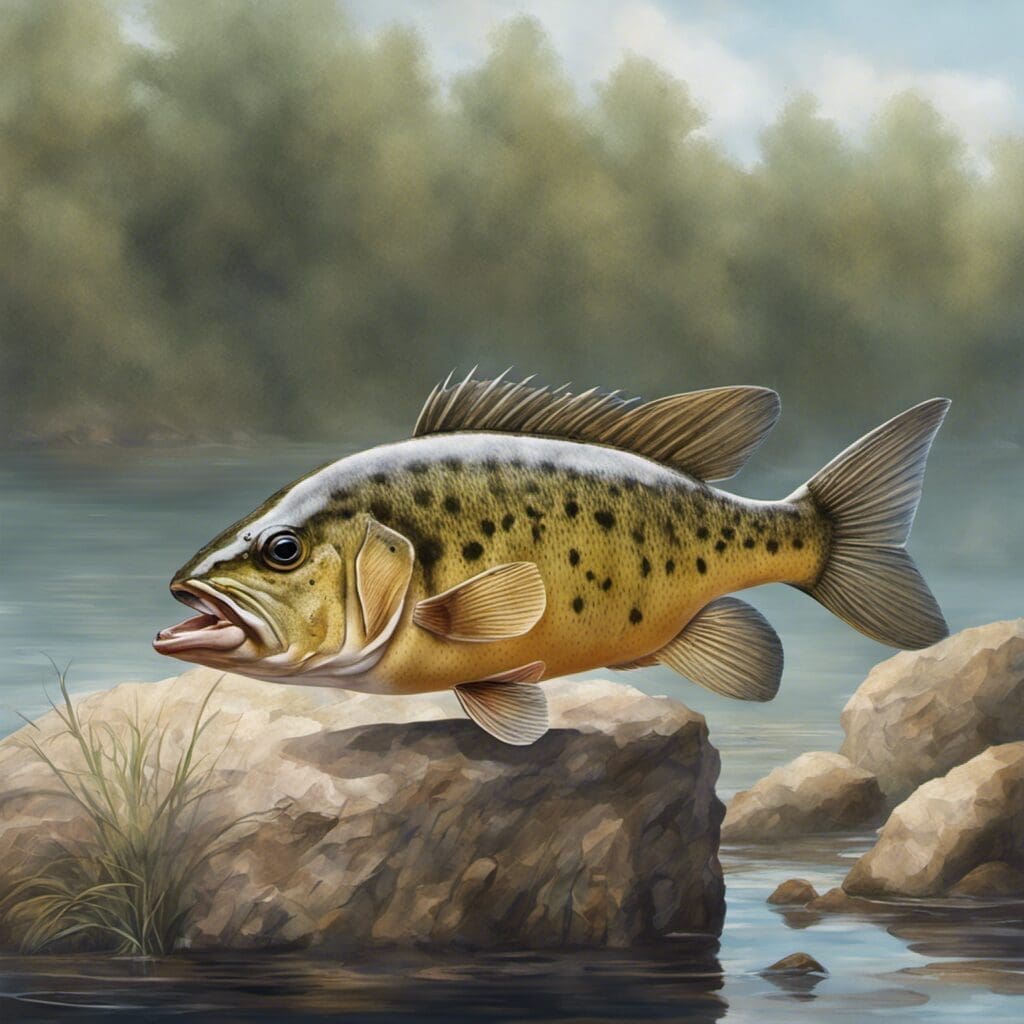Introduction
Species Name
The Rock Hind (Epinephelus adscensionis) is a marine species belonging to the Serranidae family, in the order of Perciformes.
Conservation Status
Current Status
The Rock Hind has been assessed by the International Union for Conservation of Nature (IUCN) and it is currently listed as ‘Least Concern’ due to its wide distribution and no apparent population decline.
Conservation Efforts
There are no specific conservation measures in place for the Rock Hind. However, its existence in a number of Marine Protected Areas helps safeguard its populations.
Statistics
The typical Rock Hind displays the following statistics:
| Attribute | Average | Range |
|---|---|---|
| Length | 40 cm | 24-60 cm |
| Weight | Not Established | Not Established |
| Average Lifespan | 10-15 years | Not Established |
Distribution
Regions/Countries
Rock Hinds inhabit the Atlantic Ocean, from Massachusetts to Bermuda and the Gulf of Mexico south to Brazil.
Migration Patterns
There is no specific known migratory pattern that the Rock Hinds follow, but they are recorded being more prevalent in certain areas during the winter months.
Habitats
Water Type and Depth Range
The Rock Hind is a saltwater species that prefers rocky bottoms and reefs. They can be found at depths ranging from 10 to 40 meters.
Temperature Range
The Rock Hind prefers warmer waters typical of tropical and subtropical climates.
When and Where to See
Seasonal Patterns
Rock Hinds can be seen throughout the year in most of their habitats. However, they become more populous in warmer months.
Time of Day
The Rock Hind is a diurnal species, meaning they are most active during daylight hours.
Best Fishing Locations
While the Rock Hind can be wide-ranging, the following are known hotspots:
- Florida Keys, Florida
- Mexico Rocks, Belize
- Fowl Cays National Park, Bahamas
- Dry Tortugas National Park, Florida
- Atwood Harbour, Bahamas
General Tips
If specific locations aren’t known, it’s best to head to tropical and subtropical oceanic areas with an abundance of reef and rocky bottoms.
How to Catch
Preferred bait or Lures
Cut bait, live bait, or jigs are commonly used for catching Rock Hinds.
Fishing Techniques
Bottom fishing is the most effective technique to catch Rock Hinds.
Best Time of Day or Season for Fishing
The best time for fishing Rock Hinds is during warmer months, especially during daylight hours when they are most active.
Identification Guide
Physical Characteristics
The Rock Hind has a body with a yellow-brown to red color, lightened in the belly and darker on the back. The head and body are covered in small dark spots.
Culinary
How to Cook
The Rock Hind’s mild-flavored, firm white meat is suited to a variety of cooking methods including grilling, baking, frying, and steaming.
Nutritional Information
Rock Hind is a good source of protein and contains healthy fats.
Behavior
Rock Hinds are aggressive predators and feed mainly on smaller fish and invertebrates. They are also known to exhibit a solitary nature.
Predators and Threats
The primary predators of the Rock Hind are larger fish species. The biggest threat to the Rock Hind is overfishing, although they are not a primary target species for commercial fisheries.
Additional Information
The Rock Hind’s scientific name Epinephelus comes from the Greek “epinephelos” meaning cloudy, a description that aligns with its spotted appearance.
References and Further Reading
For a more detailed understanding of the Rock Hind, the following sources are recommended:
- FishBase
- Florida Museum of Natural History

